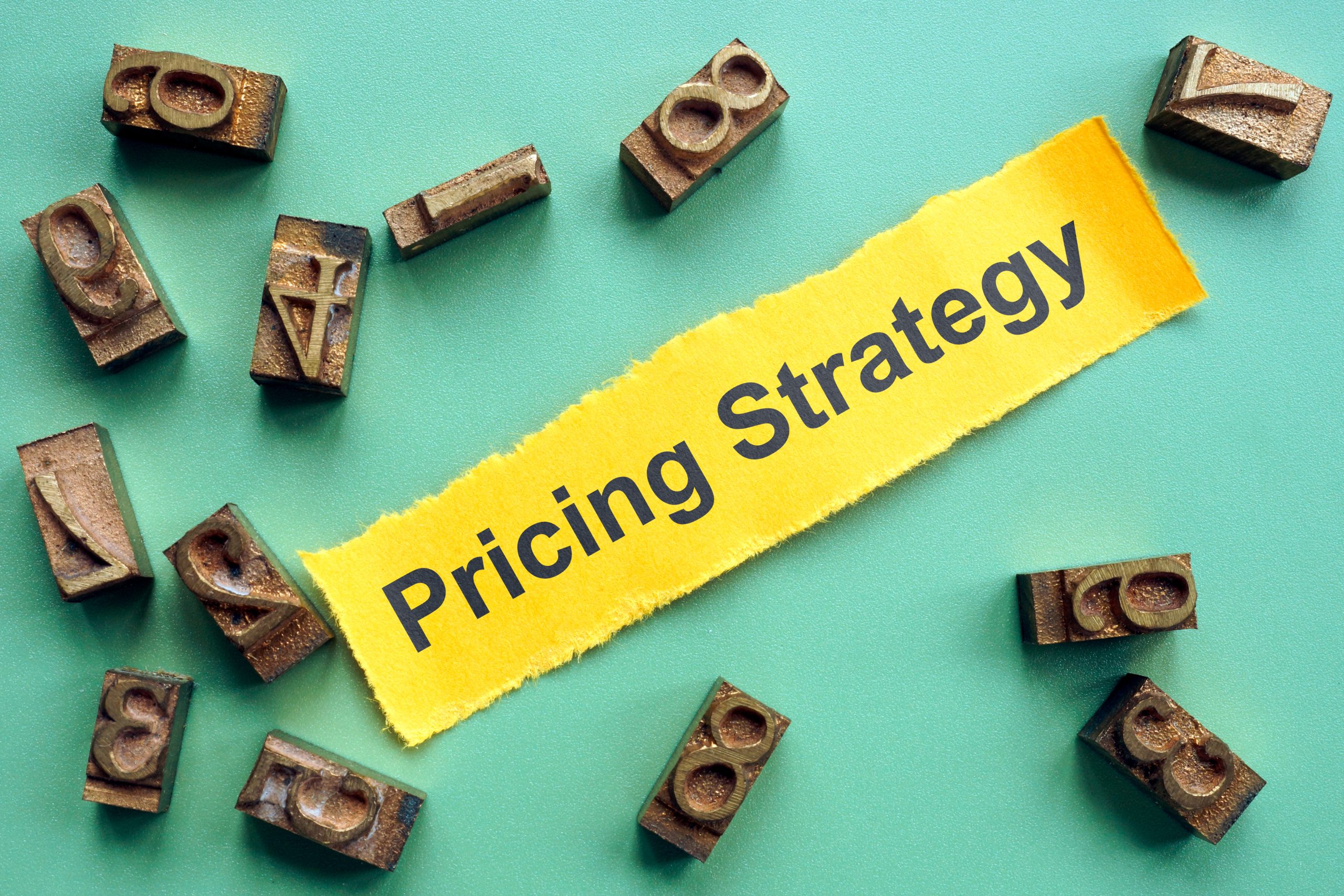Top 10 SME Pricing Strategies: How to Get It Right Without Leaving Money on the Table

Top 10 SME Pricing Strategies: How to Get It Right Without Leaving Money on the Table
For many small and mid-sized businesses, pricing is one of the most challenging and crucial decisions to get right. If you charge too much, you risk losing the sale. If you charge too little, you undermine your margins and work too hard for too little return.
Pricing isn’t just a number on a proposal. It reflects your value, your positioning, and the direction you want your business to go. Whether you’re launching something new, rethinking your services, or planning for growth, these ten strategies will help you take a more confident and strategic approach to pricing.
1. Stop Charging for Time and Start Charging for Outcomes
Clients rarely care how long something takes; they care about what it achieves. If your pricing is based purely on time or effort, you’re limiting your income and ignoring the real value of your work.
Begin by focusing on the result your client gets. If you save them time, increase their revenue, reduce risk, or eliminate complexity, those are tangible business benefits. These outcomes should form the basis of your pricing.
A shorter project that delivers significant impact is often worth far more than a longer engagement with marginal results. Make sure your pricing reflects that reality.
2. Make Sure Your Price Reflects Your Position in the Market
Your pricing is part of your brand. It tells clients how to place you in the market. If you want to be seen as a premium provider, then your pricing needs to reflect that. Likewise, if you aim to offer high-quality service at an accessible rate, your price must still make sense within that positioning.
It’s important to align your pricing with how you present your business through your messaging, your materials, and the experience clients receive. A mismatch here creates confusion and weakens trust.
Be clear about your positioning and ensure your pricing backs it up.
3. Give Clients Clear Pricing Options
Most buyers like having a choice. Offering structured pricing tiers gives potential clients clarity and control, and it often leads to higher average spend.
You can create two or three pricing levels that reflect increasing levels of support, access, or outcomes. For example, your base tier might cover essentials, your mid-tier adds strategic support, and your top tier includes a more hands-on partnership.
Just make sure each tier is clearly differentiated, and that the outcomes improve along with the price. This encourages clients to invest more when they see clear value.
4. Test Your Pricing Before You Lock It In
Your price should evolve as you learn more about your clients and your market. Testing different pricing approaches can help you find the balance between competitiveness and profitability.
Start small. Offer different pricing options to different segments, or test new tiers with a handful of clients. Use proposals, packages, or sales conversations to get feedback. Track your close rate, pushback, and client satisfaction.
You’ll gain insight into what your market is willing to pay — and what value they associate with each price point.
5. Stop Using Discounts as a Default Strategy
Discounting can seem like a fast way to win new work, but it often sends the wrong message. It suggests you’re not confident in your pricing or the value you offer.
Instead of offering a discount, consider adding something extra that strengthens the relationship. For instance, include a short strategy session, an onboarding bonus, or extended post-delivery support. These types of value-adds maintain your pricing integrity and reinforce your credibility.
If you do reduce pricing, make sure it’s tied to a reduction in scope, not just goodwill.
6. Make Sure Your Pricing Covers More Than Just Delivery Costs
Your price should do more than cover your time and direct expenses. It needs to support the entire business. That includes your team, your technology, your marketing, your future plans — and, importantly, your profit.
When setting prices, ask yourself whether they allow you to grow. Can you reinvest in better systems or hire people when needed? Can you take time off or expand into new markets without sacrificing quality?
If not, you may need to rethink your model.
7. Deliver Your Pricing with Confidence and Clarity
Even the right price can land poorly if it’s presented hesitantly. Clients take cues from your tone and delivery. If you sound uncertain about your own fees, they’ll become uncertain too.
Be transparent about your price. Explain what’s included. Connect the price to the outcomes. Then pause and let it land. There’s no need to justify, discount, or downplay.
When you own your price, clients are more likely to respect it.
8. Use Ethical Pricing Psychology to Help Clients Decide
Price perception is shaped by more than numbers. The way you structure and present your pricing has a big impact on how it’s received.
One useful approach is anchoring. Show your most comprehensive, highest-value offer first. This sets a reference point, making other options feel more affordable.
You can also break down pricing to monthly or weekly costs when appropriate. This helps clients focus on manageable figures instead of large one-off numbers.
Finally, highlight the value they’re gaining or the losses they’re avoiding. For instance, show how your service helps recover lost revenue, reduce wasted time, or avoid common mistakes.
These are not gimmicks. They are ways to help clients see the real impact of their investment.
9. Review and Adjust Pricing Regularly
Your business changes. Your market changes. Your pricing should change with it.
Make time every quarter to review your pricing. Are you still profitable? Have costs increased? Are you doing more work for the same fee? Are your competitors adjusting their offers?
Don’t let inertia or fear stop you from updating your prices. If your value has increased, your price should reflect that.
Even small, well-communicated increases can make a big difference to your margins — and your confidence.
10. Set Prices That Support the Business You’re Building
Perhaps the most important mindset shift is to stop pricing based on where your business started and start pricing for where you want it to go.
If your current fees only work when you’re overextended or when you’re doing everything yourself, they won’t scale. Your pricing needs to allow you to build a team, invest in better systems, and grow without losing control or quality.
This might mean moving away from legacy pricing, raising your rates, or reshaping your service packages. It’s not always easy, but it’s necessary for long-term health and sustainability.
Don’t just price to stay in business. Price to build the business you truly want.
Final Thought
There’s no magic formula for pricing. But there are better ways — ways that reflect the value you deliver, the clients you want to attract, and the business you’re building.
Pricing should be strategic, not reactive. It should support your growth, not undermine it. And most of all, it should reflect your worth — clearly and confidently.
Want help reviewing your pricing?
At Aeon Nexus, we work with SME leaders to improve their pricing, sharpen their positioning, and build more profitable, scalable offers.








